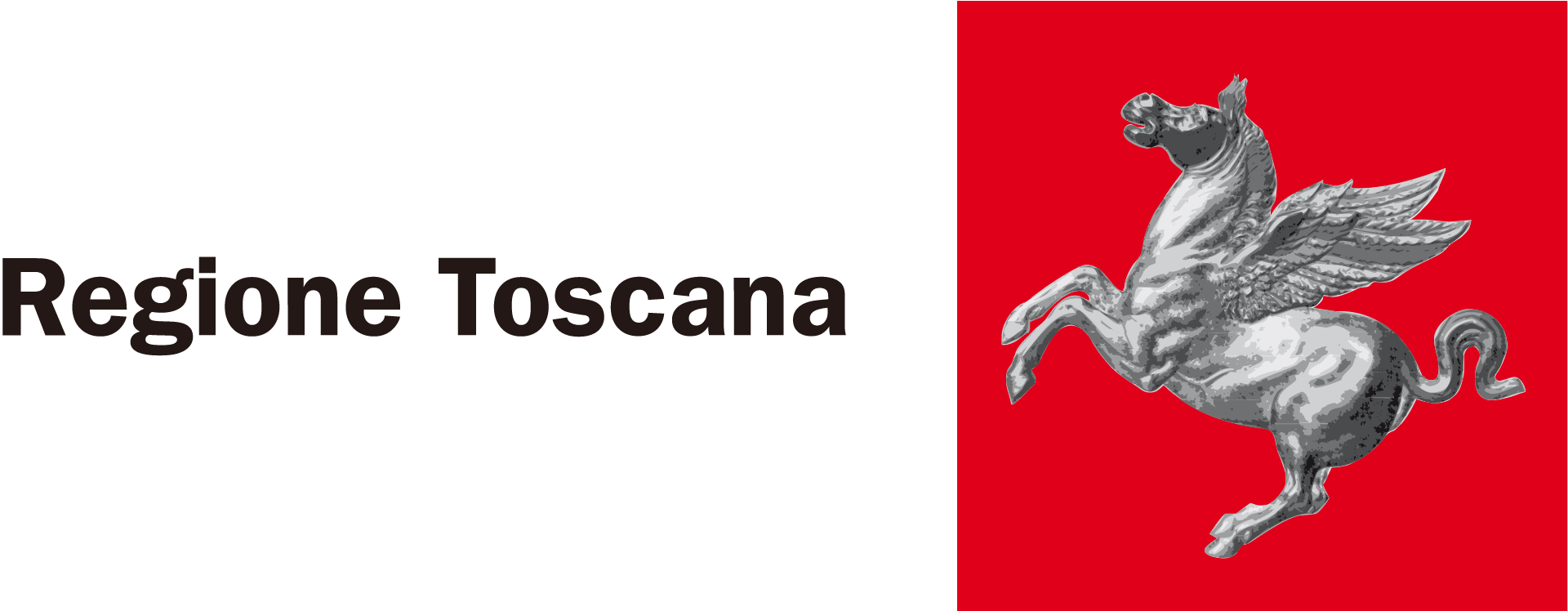 Our purpose is to examine the main economic and social characteristics that could support the proposal of a macroregion called “Italia di mezzo” obtained from the aggregation of Toscana, Umbria e Marche. These three regions present similar path of development, based on common roots of “mezzadria” in agricolture, endogenous industrialization, high propensity to entrepreneurship, industrial districts, high quality of life, polycentric urban structures, outstanding cultural-artistic-historical endowment. On the other hand there are factors of fragility evidentiated by the after- 2007 crisis, such as: technological and organizational limits of small firms, delocalization, difficulties in entrepreneurial turnover, signals of in social cohesion’s reduction.
Our purpose is to examine the main economic and social characteristics that could support the proposal of a macroregion called “Italia di mezzo” obtained from the aggregation of Toscana, Umbria e Marche. These three regions present similar path of development, based on common roots of “mezzadria” in agricolture, endogenous industrialization, high propensity to entrepreneurship, industrial districts, high quality of life, polycentric urban structures, outstanding cultural-artistic-historical endowment. On the other hand there are factors of fragility evidentiated by the after- 2007 crisis, such as: technological and organizational limits of small firms, delocalization, difficulties in entrepreneurial turnover, signals of in social cohesion’s reduction.
The strategic project of the macroregion “Italia di mezzo” must be built on factors of success to consolidate and on fragilities to overcome. The aggregation of the three regions offers several opportunities. Mainly: scale and scope economies, availability and interaction of different motors of development, investment on better infrastructural connections, network of firms and advanced services, touristic circuit of cultural-artistic-historical sites, revitalization of internal depopulated areas. Above all, “Italia di mezzo” has the distinctive character of a macroregion of quality, which is a brand widely recognized to Toscana, Umbria and progressively also to Marche.
Autore: Pietro Alessandrini (Università Politecnica delle Marche), Bruno Bracalente (Università degli studi di Perugia), Stefano Casini Benvenuti
Allegati: paper scaricabile
Dicitura Bibliografica: MOFIR-Working paper n. 119, Università Politecnica delle Marche, gennaio 2016









